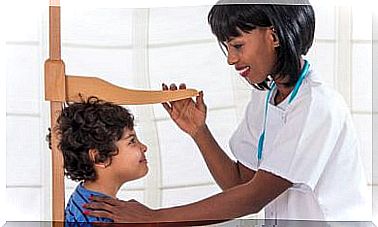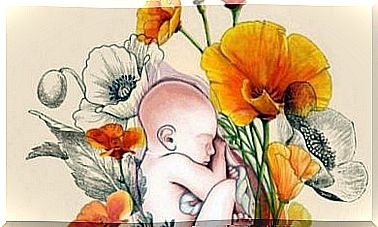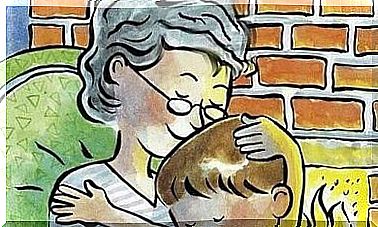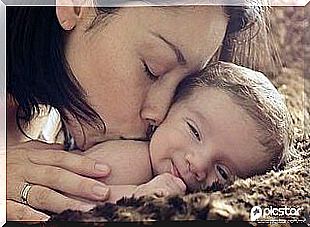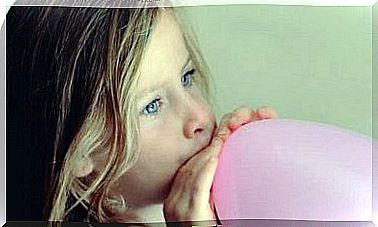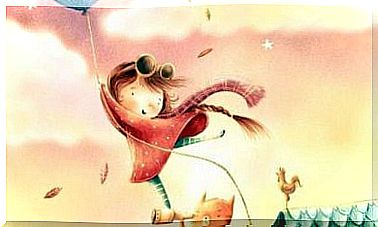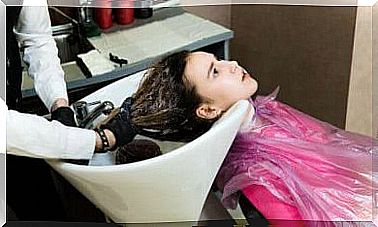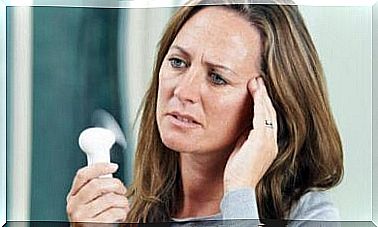When Should You Teach Your Baby To Drink From A Cup?
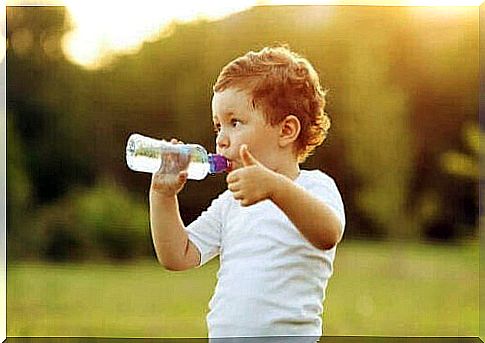
Babies are constantly embarking on what for them feels like, major challenges, such as learning to walk or drink from a cup. It is a psychological, motor and emotional process to put breastfeeding on the shelf and learn to drink from a cup, even though it may only be a few minutes a day.
Babies will need to learn to say goodbye to the things that make them feel safe, calm and happy. It makes it anything but easy to put these things aside.
When should one teach a baby to drink from a cup?
From the age of 6 months, you can start letting your baby drink water for the first time. Before that age, babies should only drink breast milk. Unless your baby is sick or it is extremely hot outside, you should not give your baby water until he or she is 6 months old.
This is where the introduction of supplemental nutrition begins. Reduce your breast milk intake and start supplementing with water, juice or cow’s milk. The best way to do this is to teach your child to drink directly from the glass rather than using a bottle.
Until children are 7-8 months old, they, for sure, do not have the motor skills or the development to pick up the glass and you will have to help.
This process helps your baby begin to mature and, in a way, put the clinging behavior and addiction behind the case, which is created by the connection to the mother’s breasts, the bottle, the pacifier or even a finger.
To start with, we recommend that you use plastic cups with handles and a small lid so that they do not break if they fall to the floor. You can also use special baby cups that have shapes that are easy to hold.
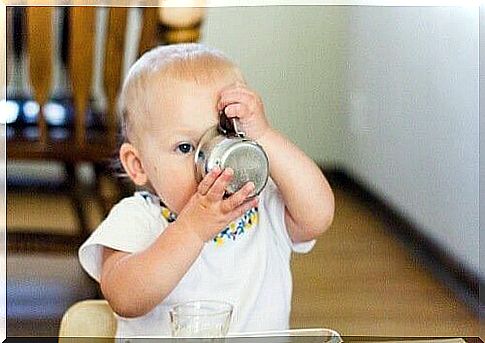
Some tips for drinking from a cup
Recommended cups
- Cups made of non-toxic materials. Since glass cups are a bad idea because they break easily, silicone is the best choice. It is a rubber material that is tasteless and odorless, without any harmful substances. Moreover, it is able to withstand high heat.
- Choose cups with attractive colors and designs to attract your child’s attention and curiosity.
- Cups with a soft spout, also made of silicone.
- Find a cup with an anti-drip lid (to avoid spillage) and handles that the baby can grab.
The transition between bottle and cup
All children are different. Each child develops at his or her own pace and in his or her own way. Motor skills vary among babies, even though they are the same age.
Parents should not worry if their baby has trouble using a cup. That said, most babies are able to drink independently when they reach 1 year of age.
To begin with, despite the spout, it is normal for children to spill and make themselves wet. When it becomes a routine to drink a cup, your child will develop more dexterity until he or she can drink without spilling a drop.
The cup for “the big kid”
When your child is about 2 years old, he or she should know how to drink from a normal cup, without a spout, which you will need to gradually remove more and more.
Final recommendations
- Be patient and always respect the pace of your child’s development.
- Wet the spout on the cup with breast milk and give it to your baby so he or she will associate the taste and air with breastfeeding. It will help him or her feel like drinking.
- Vary what is in the cup. In addition to water, you can try with juice and even breast milk.
- Keep closely increasing with the anti-spill spout that some cups have. Babies often try to suck without anything coming out, which frustrates them.
- Teach your child to drink by showing how he or she can imitate you.
- Do not use lids for a long time. When children can grab the glass, they can try to drink without a lid.
- Be careful when cleaning the cup and lid. Small amounts of liquid can get trapped in corners and cracks, which can lead to bacterial growth and mold.

